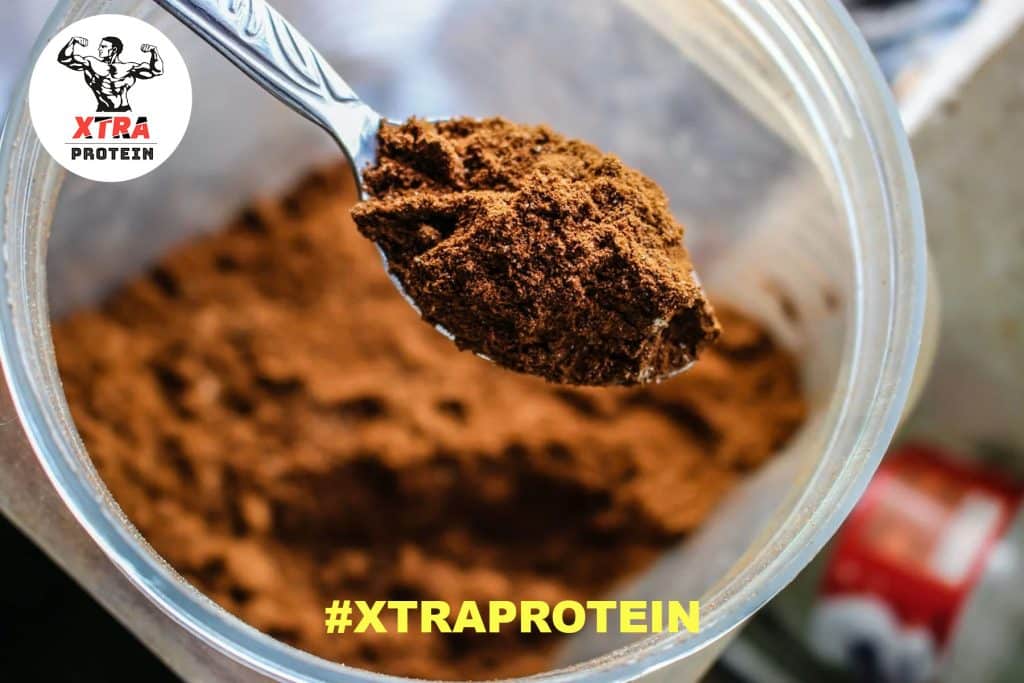
The Science Behind Protein Lumps and Clumping
The Science Behind Protein Lumps and Clumping
Have you ever wondered why Protein Lumps and Clumping occur? Not all protein powders are created equal, and you may have noticed that some types of protein powder tend to form lumps more quickly than others. But what causes these lumps to start in the first place, and why are they so hard to eliminate? Let’s take a look at the science behind protein lumps and clumping.
Protein is a fundamental building block for the human body, and we consume it in various forms, from animal products to plant-based ones. Have you ever noticed the lumps and clumps that form when you blend protein powder or mix protein shakes? While it may seem like an unpleasant experience, the clumping of protein is a natural process determined by the protein’s molecular structure. This article explores the science behind protein lumps and clumping and how it can benefit your health.
The Science Behind Protein Lumps:
Why Do Some Types of Protein Clump Easier Than Others?
Protein in a Blender: A Joyful Dance of Lumps and Clumps:
When we add protein powder to a liquid, we expect it to dissolve seamlessly. However, in most cases, the protein forms lumps and clumps that stick to the sides of the blender or shaker. But don’t worry; there is no need to fear the chunks. The process is a natural phenomenon, and it doesn’t affect the quality of the protein or its nutritional value. The clumping indicates that the protein is high quality and has a better solubility profile.
How Can You Avoid Clumping?
One way to avoid clumping is by adding liquid or other ingredients like fruits and vegetables before adding protein powder. This will help break down any existing clumps before they can form new ones. Additionally, ensure you’re using cold liquids when making your shake or smoothie; hot drinks can cause proteins to denature faster and lead to lumping. If all else fails, try using a blender or shaker bottle with an agitator ball to help break down any stubborn clumps after all other measures have been taken.
The Magic of Protein Structure: Why It Loves to Stick Together:
Proteins are complex molecules of amino acids that determine their unique structure and function. The molecular structure of proteins allows them to interact with water molecules, forming hydrogen bonds that contribute to their solubility. However, the same system can also cause the protein to clump together in the presence of water. Proteins with a higher concentration of hydrophobic amino acids are more likely to clump together than those with a lower concentration.
Protein Clumping: Understanding the Science Behind the Magic:
The protein clumping process is known as protein aggregation, and it occurs when proteins aggregate or stick together, forming more significant structures. Proteins aggregate for various reasons, including temperature, pH, or salt concentration changes. Additionally, proteins can aggregate due to the presence of other molecules, such as lipids or carbohydrates. However, not all protein aggregation is harmful. It can sometimes be beneficial, such as forming muscle fibres.
Clumps and Lumps: How Protein Structures Can Benefit Your Health:
Protein clumping is not always a bad thing. It can have a positive effect on your health. For example, forming muscle fibres is a protein aggregation essential for muscle development and function. Additionally, collecting specific proteins, such as insulin, is necessary for their proper position. However, protein aggregation can also have adverse effects, such as forming amyloid plaques in Alzheimer’s disease. Overall, the key to understanding the benefits of protein clumping lies in understanding the specific protein and the conditions under which it aggregates.
Xtra Protein Conclusion:
Understanding the science behind why our protein powders form lumps can help us make better choices when selecting a type of protein powder and equip us with the knowledge necessary to avoid clumping altogether! With this information under your belt, there’s no reason why your next shake or smoothie shouldn’t be perfectly lump-free! Protein clumping is a natural process that occurs due to the complex structure of proteins. While it may seem a disadvantage, protein clumping, such as by forming muscle fibres, can benefit your health.
However, it is also important to note that protein aggregation can have adverse effects, and it is crucial to understand the specific protein and the conditions under which it aggregates. Whether you love or hate protein lumps and clumps, there is no denying their importance in the world of nutrition and health.
